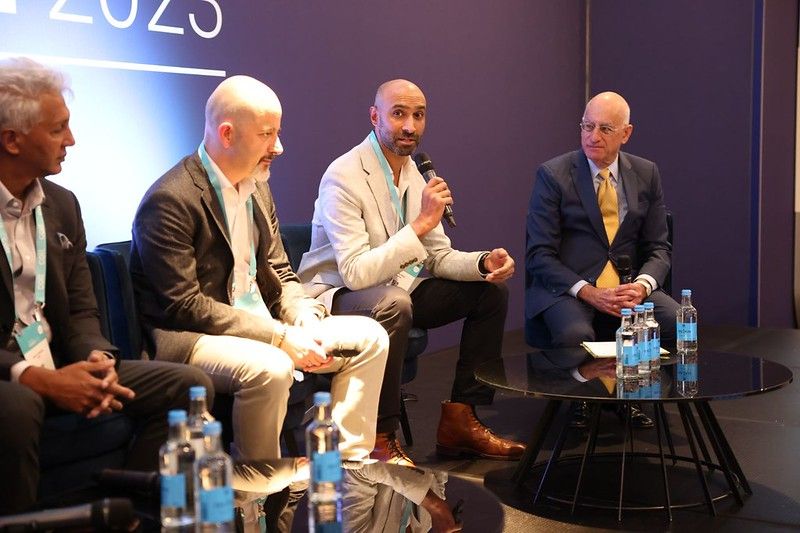Network transformation is a broad term for a broad concept. But in the network transformation sessions at Capacity Europe last year, the panelists were more or less on the same page about what it means for telcos:
And most importantly...
It’s about business transformation as well. Do you have the right DNA to transform your operations? What is your long-term plan and position in the market? And do you know what you are good at and what you need to outsource?
This last point is of vital importance, and the Capacity Europe panellists all agreed on it. It’s tempting to view automation as a technical problem, just a case of choosing which network functions to automate and which to keep manual. But it is an organisation challenge too. There needs to be alignment on the direction of travel up and down a company.
With all the above in mind, network transformation and NaaS is all about building one infrastructure that is dynamic, flexible, and programmable – and removing friction both internally and between companies.
But what should network providers not do in network transformation? These are the six themes that came out of what the Capacity Europe panellists had to say:
Don’t transform the network without transforming the business.
The human factor is vital. If network engineers are worried about automating themselves out of jobs, and software engineers are worried about runaway automation destroying their networks, their hearts will not be in it when it comes to implementing the network transformation needed to deliver NaaS services and true flexible networks.

Don’t build too much.
Network automation has its roots in software development, and software development is all about iteration – making small, incremental improvements, testing quick wins, and developing improvements gradually over time. Going for a ‘big bang’ can often result in a big mess.

Don’t have too few people in your team.
One panelist told us that it’s hard to find talent that understands both software development and infrastructure – and just one person isn’t good enough. This is where outsourcing can come in – if your internal team is too small to handle the workload required, outsource to a person or company who makes it their core competence. Critical mass is needed to make network transformation a success.

Don’t spend too long planning and miss the boat.
Launching a transformation programme can be daunting, but it’s easy to hesitate with the planning and miss an opportunity to deliver transformation change and increased revenues. Incremental developments is a way forward - borrowing from DevOps methodology and gradually improving.

Don’t underestimate the effort required to sort out the data.
Network automation has its roots in software development, and software development is all about iteration – making small, incremental improvements, testing quick wins, and developing improvements gradually over time. Going for a ‘big bang’ can often result in a big mess.

Network transformation will form a big part of the connectivity conversation in 2024. And as one of the eight focus areas of the agenda, it will get serious airtime at Capacity Europe 2024 too. See the agenda themes in more detail below.




